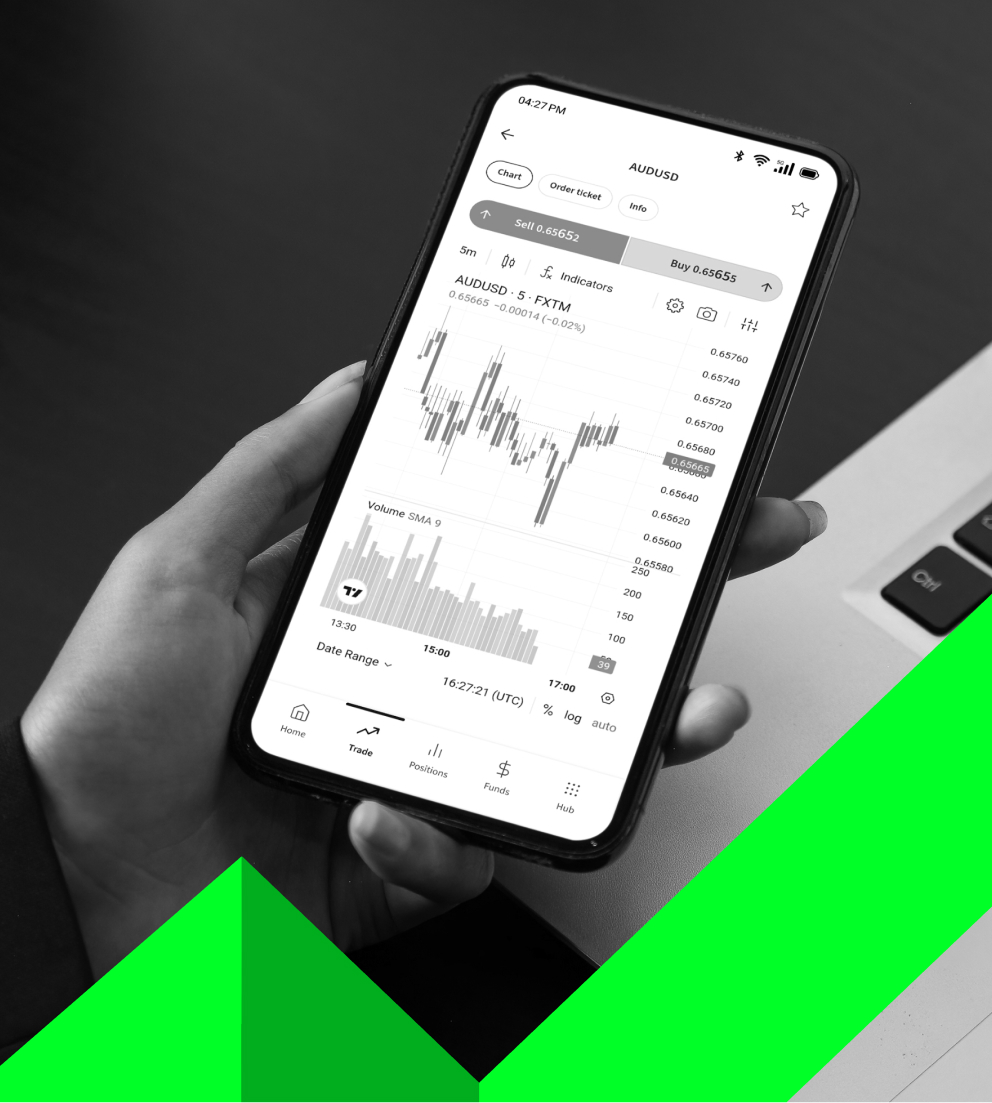
جشنواره زمستانی آلپاری
۵ هفته، ۱۰۰ برنده، ۵۰,۰۰۰ دلار جوایز نقدی.
همین حالا معامله کنید* و شانس خود را برای برنده شدن در قرعهکشیهای هفتگی بیازمایید.
مشاهده شرایط و ضوابط.100 بازار از جمله فارکس، کالاها، شاخصها، رمزارزها و سهام
25 سال تجربه معامله با بیش از 1 میلیون کاربر در سراسر جهان
وجوه کاملاً تفکیک شده به همراه سپردههای دارای ضمانت در برترین بانکها
هزینههای معاملاتی پایین، اسپرد صفر، و یک برنامه پاداش سخاوتمندانه

فرصت سودآور بعدی منتظر شماست.
پیشرو در معاملات جهانی
آلپاری دروازه شما به سوی فرصتهای مالی است. با ما میتوانید در صدها بازار معامله کنید. معامله فارکس، فلزات، کالاها، شاخص ها، رمزارزها و سهام. با اطمینان به یک رهبر معتمد جهانی، با بیش از 25 سال تجربه و بیش از 1 میلیون کاربر در سراسر جهان ملحق می شوید.
افتتاح حسابهمین حالا از فرصت استفاده کنید
یک حساب باز کنید و فوراً به ایدههای معاملاتی، تحلیل و پشتیبانی شخصی ً دسترسی پیدا کنید. به روشی که برای شما مناسب تر است معامله کنید. از میان Alpari Mobile، برنامه آسان و در عین حال قدرتمند ما برای تلفن همراه، و MetaTrader 4 یا 5، محبوب ترین پلتفرم جهان با هزاران قابلیت از جمله نمودار و تحلیل پیشرفته، یکی را انتخاب کنید.
افتتاح حساب

